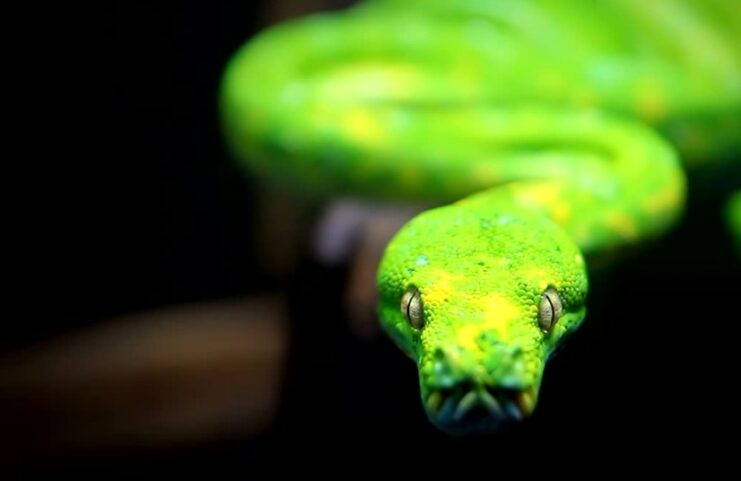Are you fascinated by the mesmerizing beauty of the serpent world? Do you enjoy learning about these creatures that inspire both awe and fear? If so, you’ve come to the right place. Today, we’re diving deep into the realm of non-venomous snakes. We’ll explore their unique features, habitats, and behaviors. Fear not, these snakes may look intimidating, but they’re completely harmless to humans!
1. The Eastern Indigo Snake
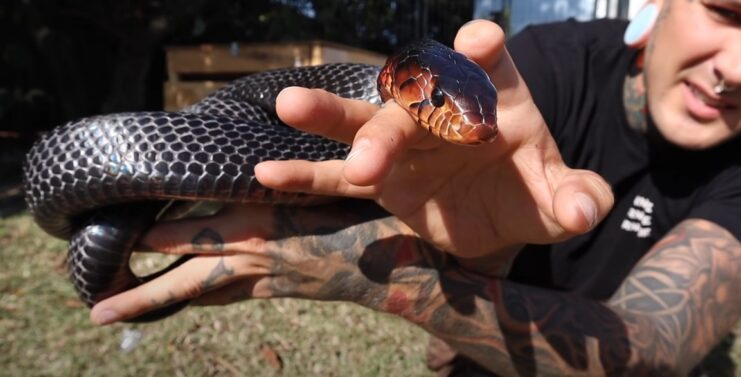
The Eastern Indigo Snake, native to the southeastern United States, is known for its size and strikingly dark, almost metallic color. This is the longest snake in the U.S., reaching lengths of up to 9 feet. They’re robust, generally docile, and have an omnivorous diet, feasting on everything from frogs to small turtles. This specie plays a crucial role in the ecosystem by controlling populations of venomous snakes, as it is immune to their venom.
2. The Emerald Tree Boa
Moving to the heart of South America, the Emerald Tree Boa is a sight to behold. With its beautiful, bright green skin and white zig-zag patterns, it easily camouflages among the emerald green canopy of the Amazon Rainforest. This snake is primarily nocturnal, spending its days coiled around branches. The Emerald Tree Boa has an impressive prehensile tail, which it uses expertly for climbing and hanging.
3. The Ball Python
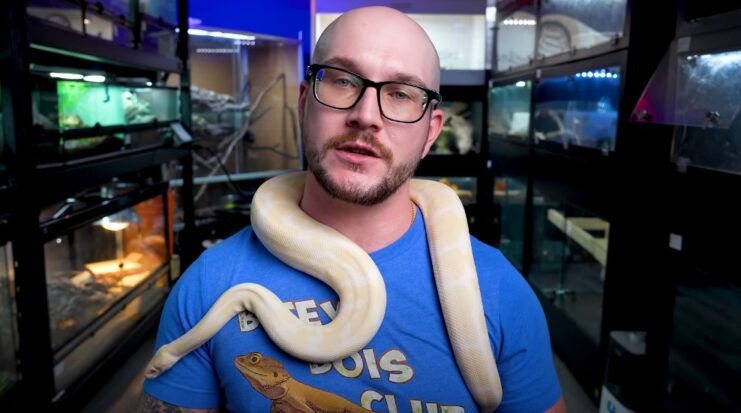
Next on our list is the Ball Python, a favorite among snake enthusiasts worldwide. Originating from sub-Saharan Africa, these snakes are relatively small, growing up to 5 feet long. Their name comes from their defensive habit of curling into a ball when threatened. Ball Pythons are famous for their docile nature and diverse color patterns, making them popular pets.
4. The Rosy Boa
The Rosy Boa, native to the southwestern United States and Mexico, is known for its attractive coloration, varying from dusty pink to dark brown with longitudinal stripes. These serpents are slow-moving, easygoing, and prefer rocky desert habitats. Rosy Boas are constrictors, a characteristic feature of many non-venomous snakes.
5. The Eastern Garter Snake
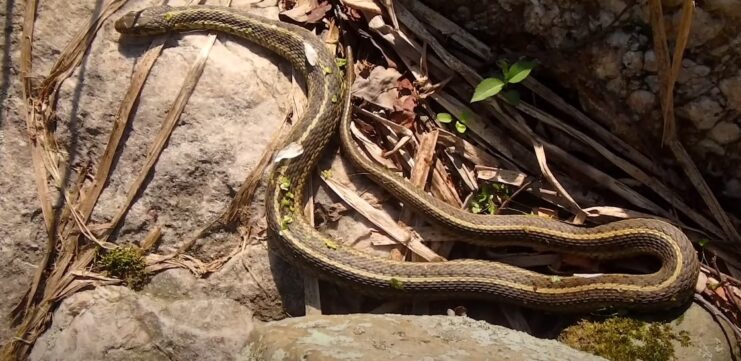
The Eastern Garter Snake, widespread throughout North America, is one of the continent’s most familiar non-venomous species. These snakes boast a striking pattern of longitudinal stripes on a background of various colors. They are adaptable and can be found in diverse habitats. They are also known to be excellent swimmers.
6. The Corn Snake
The Corn Snake, another North American native, is a go-to choice for first-time snake owners due to its gentle nature and moderate size. Often mistaken for the venomous copperhead, this specie has a beautiful orange or brownish-yellow color with large, black-edged red blotches down the middle. They are excellent climbers and spend a significant amount of time in trees.
7. The Red-Tailed Green Rat Snake
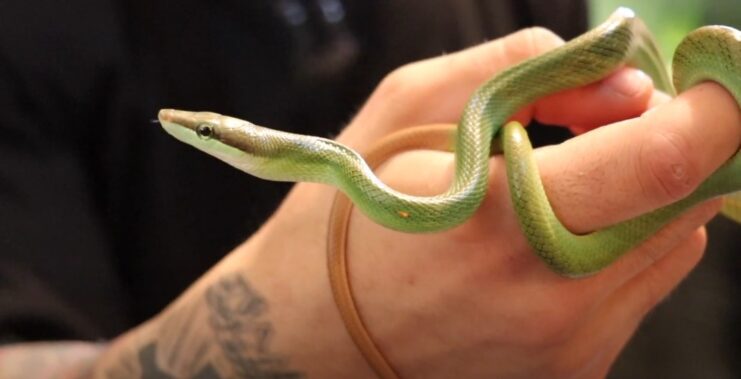
The Red-Tailed Green Rat Snake is a spectacle of the Southeast Asian rainforests. This specie has a slender body, vibrant green color, and a reddish-brown tail, making it easily recognizable. Known for their calm demeanor and preference for an arboreal lifestyle, these snakes are a common sight in their native habitats.
8. The Rainbow Boa
Living up to its name, the Rainbow Boa displays an iridescent skin that refracts light and creates a mesmerizing rainbow effect. Found across Central and South America, these serpents prefer humid habitats and are known for their striking appearance and generally docile temperament.
9. The Common Kingsnake
The Common Kingsnake, widespread across the United States, is a force to be reckoned with. Known for their immunity to rattlesnake venom, Kingsnakes are known to prey on venomous species, earning them their royal title. Their diverse color patterns vary greatly across subspecies but often include bands or chains of white on a darker background. Kingsnakes are constrictors, and despite their intimidating hunting skills, they are non-aggressive towards humans unless threatened.
10. The Green Anaconda
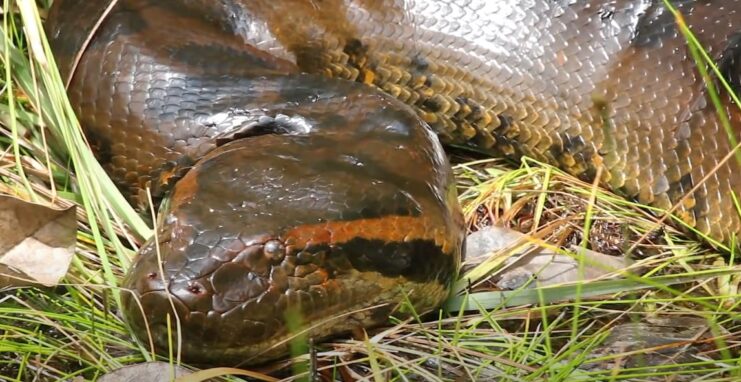
Last but certainly not least, we present the Green Anaconda, one of the world’s heaviest and longest species. Native to the swamps, marshes, and slow-moving streams of the Amazon and Orinoco basins in South America, Green Anacondas can reach impressive lengths of up to 29 feet. These colossal creatures are non-venomous constrictors, using their powerful bodies to squeeze prey. Despite their size, they are rather shy and prefer to avoid human interaction.
11. The Carpet Python
The Carpet Python, found throughout Australia, Papua New Guinea, and Indonesia, is known for its striking patterns. The patterns, resembling a Persian carpet, are where this snake gets its name. Carpet Pythons can vary in size, growing up to 13 feet long, and are widely kept as pets due to their generally placid nature and beautiful markings.
12. The African Rock Python
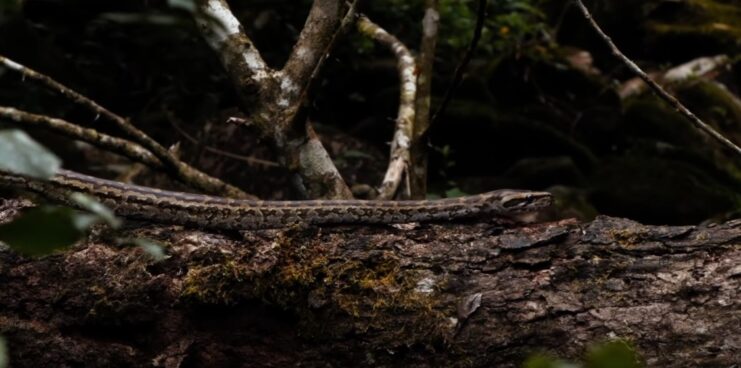
The African Rock Python is the largest species in Africa, reaching lengths of up to 20 feet. Found in various habitats such as savannas, grasslands, and forests, these powerful constrictors are known for their intricate pattern of blotches and stripes. African Rock Pythons are known for their aggressive behavior when threatened, but they pose no venomous threat to humans.
13. The Milk Snake
The Milk Snake, commonly found throughout North and Central America, is known for its striking resemblance to the venomous Coral Snake. However, the Milk Snake’s harmless nature has led to the famous rhyme, “red touches yellow, kill a fellow; red touches black, friend of Jack,” to help differentiate between the two species. These species are nocturnal and typically inhabit grasslands, forests, and farmlands.
14. The Rubber Boa
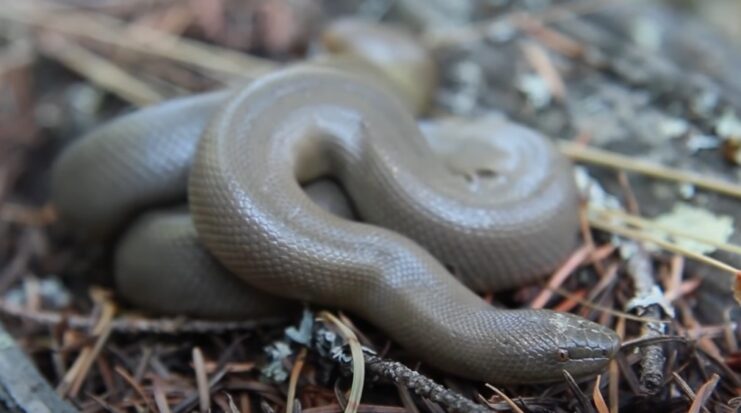
The Rubber Boa, native to the western United States and British Columbia, is a small, docile snake that resembles a large earthworm. Its brown, wrinkled skin and slow-moving nature make it easy to overlook. The Rubber Boa is a constrictor and prefers to eat small mammals, birds, and reptiles. They are harmless to humans and can even make suitable pets for responsible snake enthusiasts.
15. The California King Snake
The California King Snake, a subspecies of the Common Kingsnake, is found along the west coast of the United States. With striking black and white bands, this snake is easily recognizable. Like their Common Kingsnake cousins, California King Snakes are immune to rattlesnake venom and are known to prey on venomous species. They are non-aggressive towards humans and can make good pets for experienced snake keepers.
16. The Eastern Hognose Snake
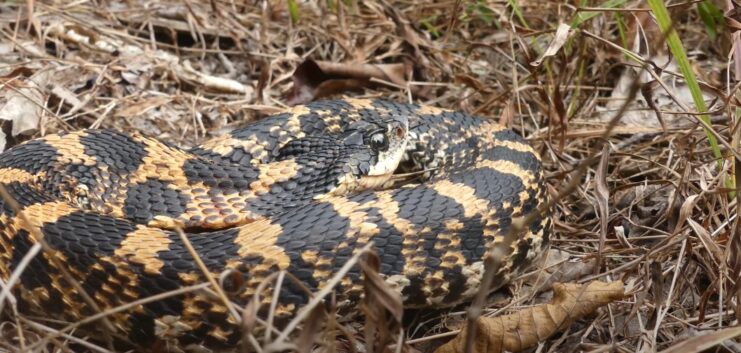
The Eastern Hognose Snake, native to North America, is known for its distinctive upturned snout, used for digging in the soil. These snakes are notorious for their dramatic defensive displays, which include flattening their necks like a cobra and even playing dead. Eastern Hognose Snakes are non-venomous and pose no threat to humans.
17. The Boelen’s Python
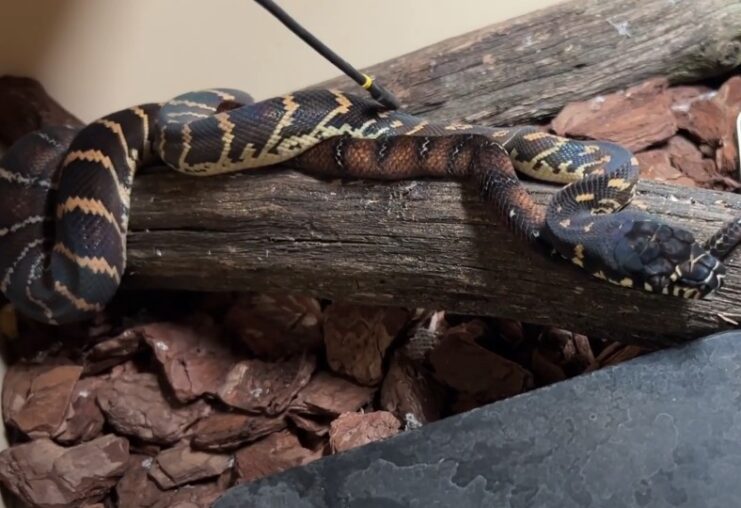
Boelen’s Python, found in the highland rainforests of New Guinea, is an elusive and rare snake. Its iridescent, black and white skin gives it a unique and stunning appearance. Boelen’s Pythons are arboreal and nocturnal, making them difficult to spot in the wild. Little is known about their behavior and ecology, but they are known to be non-venomous constrictors.
In another fascinating exploration of nature’s wonders, we dive into the extraordinary world of aquatic animals, uncovering their mind-blowing superpowers and marveling at nature’s creations.
Final Words
The world of non-venomous snakes is as diverse as it is intriguing. From the metallic sheen of the Eastern Indigo Snake to the iridescent glow of the Rainbow Boa, these creatures are a testament to the beauty and variety of nature. They play vital roles in their respective ecosystems, and while some of them might send a chill down your spine, remember – these slithering spectacles are harmless and deserve our respect and admiration.
Understanding these species beyond their intimidating appearance unravels a world full of fascinating behaviors and ecological significance. Whether you’re a seasoned herpetologist, an aspiring snake enthusiast, or just a curious reader, we hope this journey through the top 17 non-venomous snakes in the world has offered you valuable insights and heightened your appreciation for these remarkable creatures.

